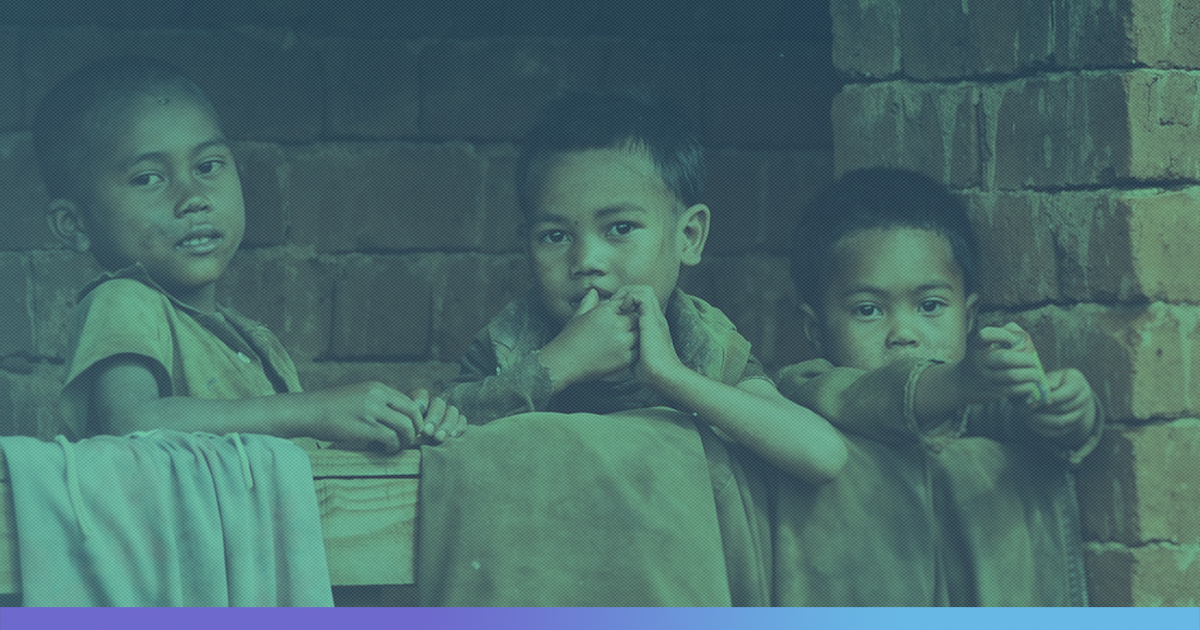The death rate attributable to malnutrition among children, below five-years-old in India has dropped by two-thirds from 1990 to 2017, as per a study published by Lancet Child & Adolescent Health.
The study suggests that malnutrition is the underlying risk factor for 68 per cent of the deaths among low birth weight.
The study further found that Rajasthan, Uttar Pradesh, Bihar and Assam record the maximum malnutrition in the country, despite a substantial decrease in diseases and death rate which are directly related to poor nutritional intake.
‘Poshan Abhiyaan’
Focusing on the targets set by the Government of India to combat malnutrition and stunting or impaired growth and development of children under the aspirational ‘Poshan Abhiyaan, the Lancet study found that many Indian states failed to achieve the desired targets.
Poshan Abhiyaan, also called the ‘National Nutrition Mission’, was launched by Prime Minister Narendra Modi in 2017-18 to minimise instances of malnutrition and stunting in children by 2022.
The study suggested that the prevalence of malnutrition indicators and their rates of improvement vary across Indian states. The performance of these states was calculated on the basis of disability-adjusted life-years (DALYs) per 100,000 lost due to child and maternal malnutrition.
According to the study, among the malnutrition indicators, low birth weight contributes the most to disease burden followed by child growth failure which includes stunting, underweight and wasting which refers to low weight for height.
Speaking to The Logical Indian, Dr. Chandrakant S. Pandav, Member National Council for India Nutritional Challenges, POSHAN ABHIYAN said: “Despite a 50% increase in GDP since 1991, India has not been able to overcome its nutritional challenges; more than one-third of the world’s malnourished children live in India even after 70 years of independence, we have around 46.6 million stunted, and 25.5 million wasted children in the country.”
Results Obtained From Study
The study showed that the disease burden rate, that is due to malnutrition in children, varies seven-fold between states. States like Rajasthan, UP, Bihar and Assam top the list while Kerala and Tamil Nadu record the lowest disease burden.
While the four worst-performing states have DALYs of more than 60,000, Madhya Pradesh (MP), Chhattisgarh, Odisha, Nagaland and Tripura also rank among the second set of poor-performing states that have DALYs between 50,000 and 59,999, the Lancet study said.
“The findings reported in the paper highlight that there are wide variations in the malnutrition status between the States. It is important therefore to plan the reduction in malnutrition in a manner that is suitable for the trends and context of each State,” said Balram Bhargava, ICMR Director-General.
The study reveals the importance of addressing the gaps in all malnutrition indicators and also how low birth weight requires proper policy attention in India as it is the biggest contributor to child death among all malnutrition indications.
“Zero hunger and good nutrition can transform both the present and future generations. Our people are our nation’s greatest asset but one-fourth of Indian children have low birth weight, 35.7 per cent of children below 5 are underweight, 38.4 per cent are too short for their age (stunted) and 21 per cent are wasted (too thin for their height).” Dr Sujeet Ranjan, Executive Director, The Coalition for Food and Nutrition Security, told The Logical Indian.
Incidence of children being underweight
In 2017, 33 per cent of the children in India were reportedly underweight, ranging from 16 per cent in Manipur to 42 per cent in Jharkhand. The annual rate of reduction was 3.2 per cent in India between 1990 and 2017, ranging from 5.4 per cent in Meghalaya to 1.8 per cent in Delhi.
“As a socio-cultural problem, malnutrition has continued to plague the population. 7.5% of under-five children in India are suffering from severe malnutrition or wasting (low weight for height). The POSHAN Abhiyaan has been instrumental in trying to address malnutrition in the country, but more needs to be done in terms of proper implementation and community outreach,” Dr S. Aneja, Professor, Department of Pediatrics, School of Medical Sciences & Research, Sharda University told The Logical Indian.
Also Read: Child Well-Being Index: Kerala Best State For Children, Jharkhand And Madhya Pradesh Worst










